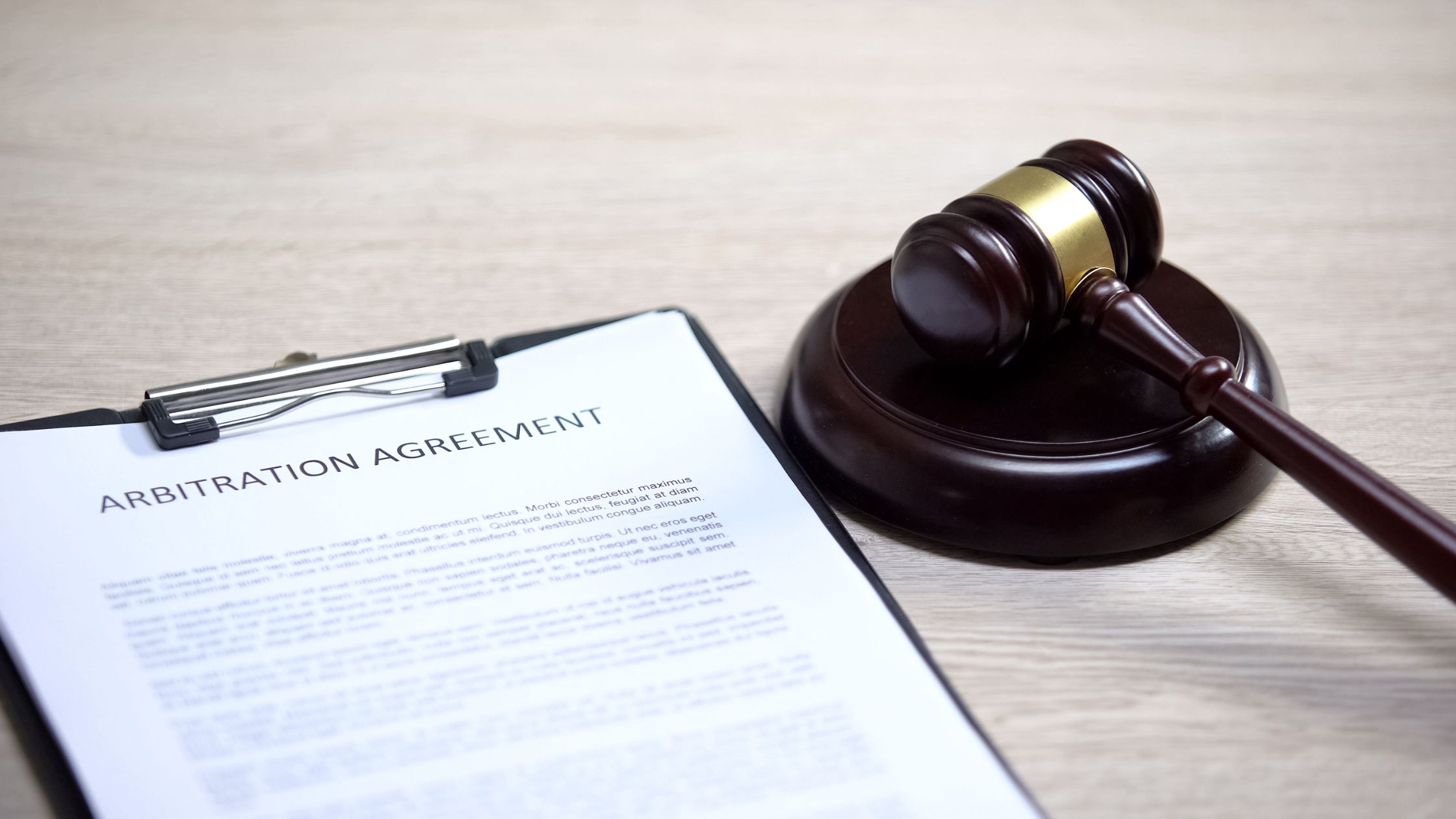The Factors to Consider When Drafting Arbitration Agreements
In the empire of commercial contracts, arbitration agreements are frequently regarded as generic templates inserted without much consideration, assuming they fit all situations. Sadly, this approach often backfires, leading to prolonged time, heightened expenses, and added complexities when attempting to settle disputes. However, there's a smarter approach. By carefully crafting an arbitration agreement that takes into account the specific issues highlighted in this article, we can effectively minimize these risks and pave the way for smoother conflict resolution.

Seat of arbitration
The significance of the arbitration seat cannot be emphasized enough, as it plays a pivotal role in determining the procedural law that governs the arbitration process. This decision holds immense importance, as it directly impacts various aspects, such as the availability of interim remedies and the enforceability of the final award. It's crucial to note that the seat of arbitration might differ from both the physical venue where the arbitration hearings take place and the governing law mentioned in the arbitration agreement.
While many parties opt for a "neutral" jurisdiction as the seat, it's essential to consider more than just neutrality. Different countries have varying arbitral laws, and these laws can significantly affect the efficiency and enforceability of the arbitration and the eventual award. In light of this, the Chartered Institute of Arbitrators has formulated the "London principles" to aid parties in selecting a suitable and secure seat for their arbitrations. This ensures a well-informed and wise decision-making process when it comes to choosing the most appropriate jurisdiction for the arbitration proceedings.
Governing law
The arbitration agreement holds its status as a separate and independent contract. As a result, the law that governs this agreement, determining its validity and extent, may differ from the governing law of the main substantive contract.
In the context of international contracts, situations may arise where the performance of the contract occurs in one jurisdiction, while the involved parties are located in entirely different jurisdictions. The governing law of the contract itself might be linked to one jurisdiction, while the seat of arbitration – where the arbitration proceedings take place – could be in another jurisdiction. This complexity underscores the importance of explicitly stating the governing law that applies to the arbitration agreement.
Unfortunately, many arbitration agreements overlook the inclusion of a specific governing law provision, which can lead to prolonged and contentious disputes. To avoid such complications and uncertainties, it is highly advisable and strongly recommended for arbitration agreements to clearly designate their governing law. Doing so ensures a smoother and more straightforward resolution of any potential conflicts that may arise during the arbitration process.
Language
Incorporating an arbitration clause that specifies the language of the arbitration holds particular significance, especially when the involved parties hail from countries with diverse native languages.
This crucial decision dictates that all submissions and evidence presented during the arbitration proceedings must be in the mutually agreed-upon language. Opting for the language most commonly used in the parties' communications can prove immensely beneficial, as it helps to minimize expenses related to translation and interpretation.
By clearly stating the language to be used in the arbitration process, potential language barriers can be addressed proactively, ensuring smoother and more efficient communication between the parties involved. This fosters a more streamlined and cost-effective arbitration procedure, ultimately leading to a more satisfactory resolution of disputes.
Consolidation and joinder
Parties involved in multi-contract arrangements face a potential risk when disputes arise: the appointment of different tribunals to handle multiple arbitrations that revolve around the same or similar set of facts. Such a situation can lead to conflicting decisions, adding unnecessary costs and delays to the resolution process.
Effectively managing multi-contract disputes hinges on ensuring consistency within the arbitration agreements of each interconnected contract. It is vital that these agreements explicitly allow for two essential mechanisms: "consolidation," which enables the merging of separate arbitrations stemming from related contracts into a single set of proceedings, and "joinder," which permits the inclusion of a third party into an existing arbitration.
Do not overcomplicate it
When dealing with complex situations, the natural inclination is to create an elaborate clause that covers every conceivable scenario. However, this approach can be counterproductive. It's simply impossible to predict every potential dispute that may arise. Such a proscriptive clause might not be suitable for the actual dispute that unfolds, or it could end up being so convoluted that the involved parties find it difficult to adhere to.
Instead, a more effective strategy is for the parties involved to undertake a comprehensive risk assessment of the arbitration agreement and the broader dispute resolution clause right from the outset. By carefully analyzing the risks involved, they can then focus on crafting an arbitration agreement that best addresses those specific risks and proves effective for any potential disputes that may emerge. Opting for a simpler drafting approach can help mitigate the risk of unexpected challenges along the way.
In the end, each arbitration agreement is unique and tailor-made for specific situations. Parties must seek legal counsel to guarantee the effectiveness and suitability of their arbitration agreement. Nevertheless, the advice provided earlier can play a significant role in ensuring that these agreements serve their purpose of resolving disputes rather than giving rise to additional conflicts.
Post a Comment: